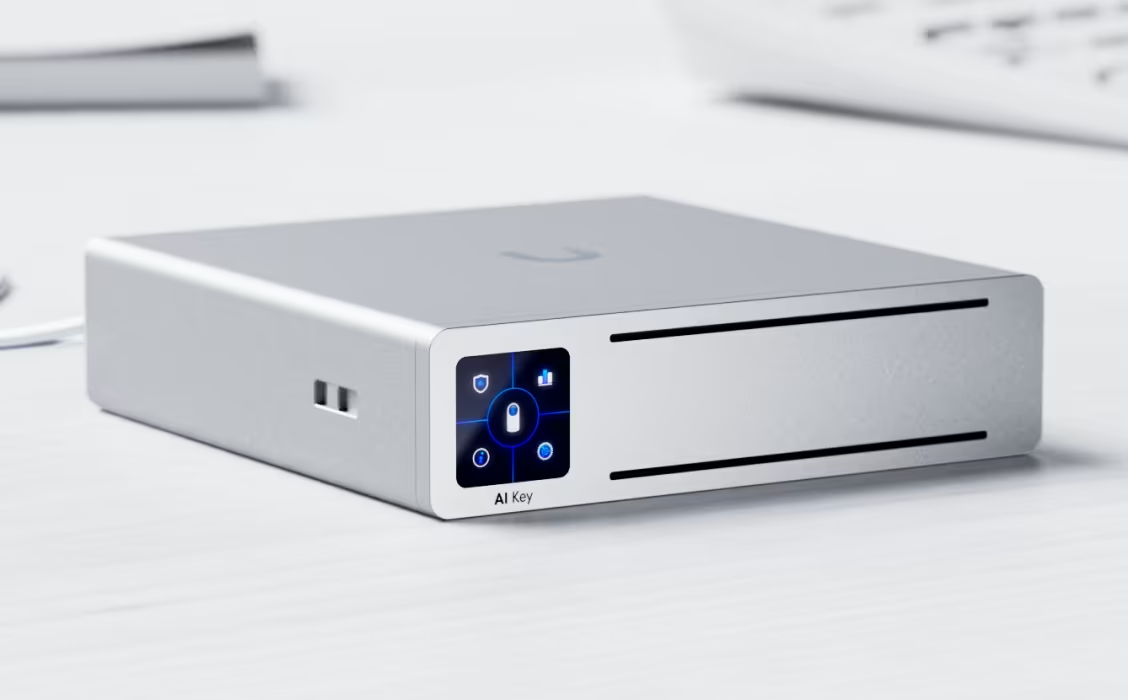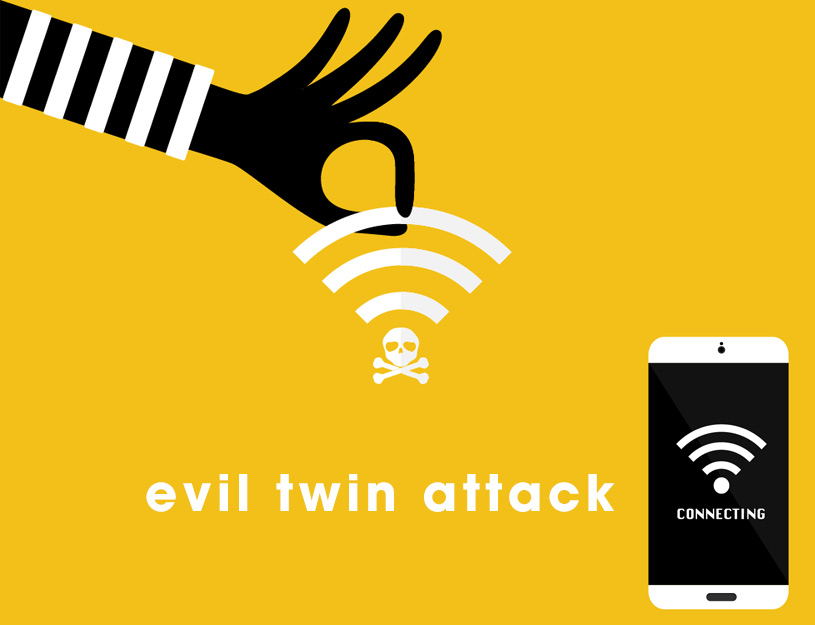
In the rapidly evolving world of network security, staying ahead of vulnerabilities is not just a matter of safeguarding data; it’s about protecting our digital way of life. Recently, a significant security vulnerability was identified in the UniFi Dream Machine models, sending ripples of concern across the tech community. This vulnerability, tagged as CVE-2023-41721, is more than a mere glitch; it’s a wake-up call for network administrators and users alike. In this comprehensive analysis, we delve into the details of this flaw, its implications, and the essential steps to mitigate the risk.
The Vulnerability Unveiled:
On October 23, 2023, the cybersecurity world turned its focus to a critical announcement from Ubiquiti Networks. The revelation of CVE-2023-41721, affecting various UniFi Dream Machine models, underscored a severe security oversight. This vulnerability lies in the device adoption process of the UniFi Network Application, specifically in versions 7.5.176 and earlier, running on UniFi Gateway Consoles.
The flaw’s nature allows a malicious actor, already with access to the network, to manipulate device configuration information. The Common Vulnerability Scoring System (CVSS) granted this vulnerability a score of 10.0, categorizing it as ‘Critical’. This score is not assigned lightly; it reflects the potential for significant unauthorized disclosure and control over affected devices, posing a grave threat to network integrity. Understanding CVSS scores is crucial in grasping the severity of such vulnerabilities (Understanding CVSS Scores).
Affected UniFi Products:
The advisory specifically lists several popular UniFi models as vulnerable:
- UniFi Dream Machine (UDM)
- UniFi Dream Machine Pro (UDM-PRO)
- UniFi Dream Machine Special Edition (UDM-SE)
- UniFi Dream Router (UDR)
- UniFi Dream Wall (UDW)
These devices, integral to many network infrastructures, from small home setups to large-scale enterprise environments, highlight the widespread impact of this security flaw. Users of these devices must recognize the risks and understand that the vulnerability’s exploitation could lead to severe data breaches and network disruptions. For a closer look at these products, visit UniFi’s Product Range.
Mitigation Strategies:
Ubiquiti Networks’ response to this vulnerability was swift, recommending an immediate update to UniFi Network version 7.5.187 or later. This update is pivotal in rectifying the flawed access control logic in the device adoption process. Updating network devices can sometimes be a daunting task, especially in complex setups. However, the security of your network hinges on these crucial updates.
For those unsure where to start, here’s a simplified guide:
- Check your current UniFi Network Application version.
- Download the latest version (7.5.187 or later) from the official UniFi website.
- Follow the step-by-step instructions for a smooth update process.
- Restart your devices post-update to ensure all changes take effect.
During this process, it’s vital to monitor for any irregularities and address them promptly. For more detailed guidance and troubleshooting, Best Practices for Network Security Updates offers valuable insights.
Broader Implications for Network Security:
This incident serves as a stark reminder of the continuous threats lurking in the digital domain. It’s not just about fixing a single vulnerability; it’s about adopting a proactive stance towards network security. Regular updates, vigilant monitoring, and an understanding of the network architecture are essential components of a robust security strategy.
The discussion shouldn’t stop at mitigation; it should extend to how we can collectively enhance our defense mechanisms against such vulnerabilities. Are we doing enough to stay ahead of these threats? How can we foster a culture of security that is both proactive and responsive? Engaging in these conversations is crucial, and platforms like The Importance of Proactive Network Security can provide valuable perspectives.
Conclusion:
CVE-2023-41721 is more than a technical issue; it’s a critical juncture in our ongoing battle against cyber threats. By staying informed, updating promptly, and engaging in meaningful security discussions, we can fortify our defenses against the unseen adversaries of the digital age. Let’s not wait for the next critical bulletin to reassess our security posture; the time for action is now.
Stay vigilant and connected. Subscribe to our updates for the latest in network security, and join the conversation on our forum to share your experiences and insights. Together, we can build a safer, more secure digital world. Join the discussion at Network Security Community.

In the rapidly evolving world of network security, staying ahead of vulnerabilities is not just a matter of safeguarding data; it’s about protecting our digital way of life. Recently, a significant security vulnerability was identified in the UniFi Dream Machine models, sending ripples of concern across the tech community. This vulnerability, tagged as CVE-2023-41721, is more than a mere glitch; it’s a wake-up call for network administrators and users alike. In this comprehensive analysis, we delve into the details of this flaw, its implications, and the essential steps to mitigate the risk.
The Vulnerability Unveiled:
On October 23, 2023, the cybersecurity world turned its focus to a critical announcement from Ubiquiti Networks. The revelation of CVE-2023-41721, affecting various UniFi Dream Machine models, underscored a severe security oversight. This vulnerability lies in the device adoption process of the UniFi Network Application, specifically in versions 7.5.176 and earlier, running on UniFi Gateway Consoles.
The flaw’s nature allows a malicious actor, already with access to the network, to manipulate device configuration information. The Common Vulnerability Scoring System (CVSS) granted this vulnerability a score of 10.0, categorizing it as ‘Critical’. This score is not assigned lightly; it reflects the potential for significant unauthorized disclosure and control over affected devices, posing a grave threat to network integrity. Understanding CVSS scores is crucial in grasping the severity of such vulnerabilities (Understanding CVSS Scores).
Affected UniFi Products:
The advisory specifically lists several popular UniFi models as vulnerable:
- UniFi Dream Machine (UDM)
- UniFi Dream Machine Pro (UDM-PRO)
- UniFi Dream Machine Special Edition (UDM-SE)
- UniFi Dream Router (UDR)
- UniFi Dream Wall (UDW)
These devices, integral to many network infrastructures, from small home setups to large-scale enterprise environments, highlight the widespread impact of this security flaw. Users of these devices must recognize the risks and understand that the vulnerability’s exploitation could lead to severe data breaches and network disruptions. For a closer look at these products, visit UniFi’s Product Range.
Mitigation Strategies:
Ubiquiti Networks’ response to this vulnerability was swift, recommending an immediate update to UniFi Network version 7.5.187 or later. This update is pivotal in rectifying the flawed access control logic in the device adoption process. Updating network devices can sometimes be a daunting task, especially in complex setups. However, the security of your network hinges on these crucial updates.
For those unsure where to start, here’s a simplified guide:
- Check your current UniFi Network Application version.
- Download the latest version (7.5.187 or later) from the official UniFi website.
- Follow the step-by-step instructions for a smooth update process.
- Restart your devices post-update to ensure all changes take effect.
During this process, it’s vital to monitor for any irregularities and address them promptly. For more detailed guidance and troubleshooting, Best Practices for Network Security Updates offers valuable insights.
Broader Implications for Network Security:
This incident serves as a stark reminder of the continuous threats lurking in the digital domain. It’s not just about fixing a single vulnerability; it’s about adopting a proactive stance towards network security. Regular updates, vigilant monitoring, and an understanding of the network architecture are essential components of a robust security strategy.
The discussion shouldn’t stop at mitigation; it should extend to how we can collectively enhance our defense mechanisms against such vulnerabilities. Are we doing enough to stay ahead of these threats? How can we foster a culture of security that is both proactive and responsive? Engaging in these conversations is crucial, and platforms like The Importance of Proactive Network Security can provide valuable perspectives.
Conclusion:
CVE-2023-41721 is more than a technical issue; it’s a critical juncture in our ongoing battle against cyber threats. By staying informed, updating promptly, and engaging in meaningful security discussions, we can fortify our defenses against the unseen adversaries of the digital age. Let’s not wait for the next critical bulletin to reassess our security posture; the time for action is now.
Stay vigilant and connected. Subscribe to our updates for the latest in network security, and join the conversation on our forum to share your experiences and insights. Together, we can build a safer, more secure digital world. Join the discussion at Network Security Community.







